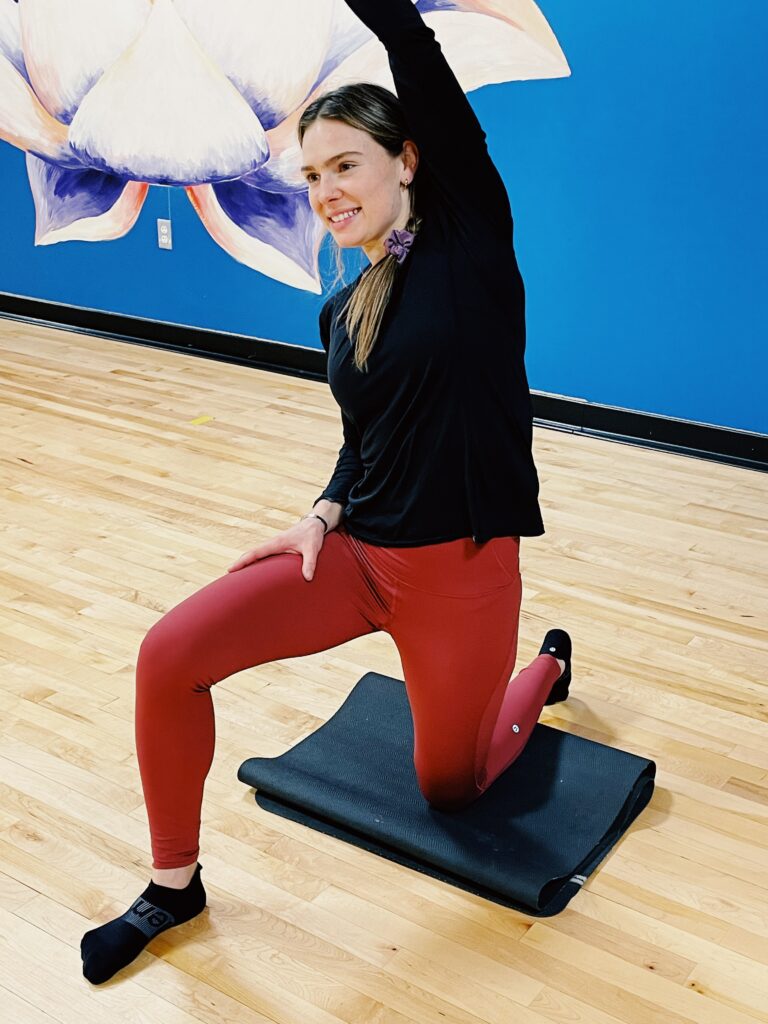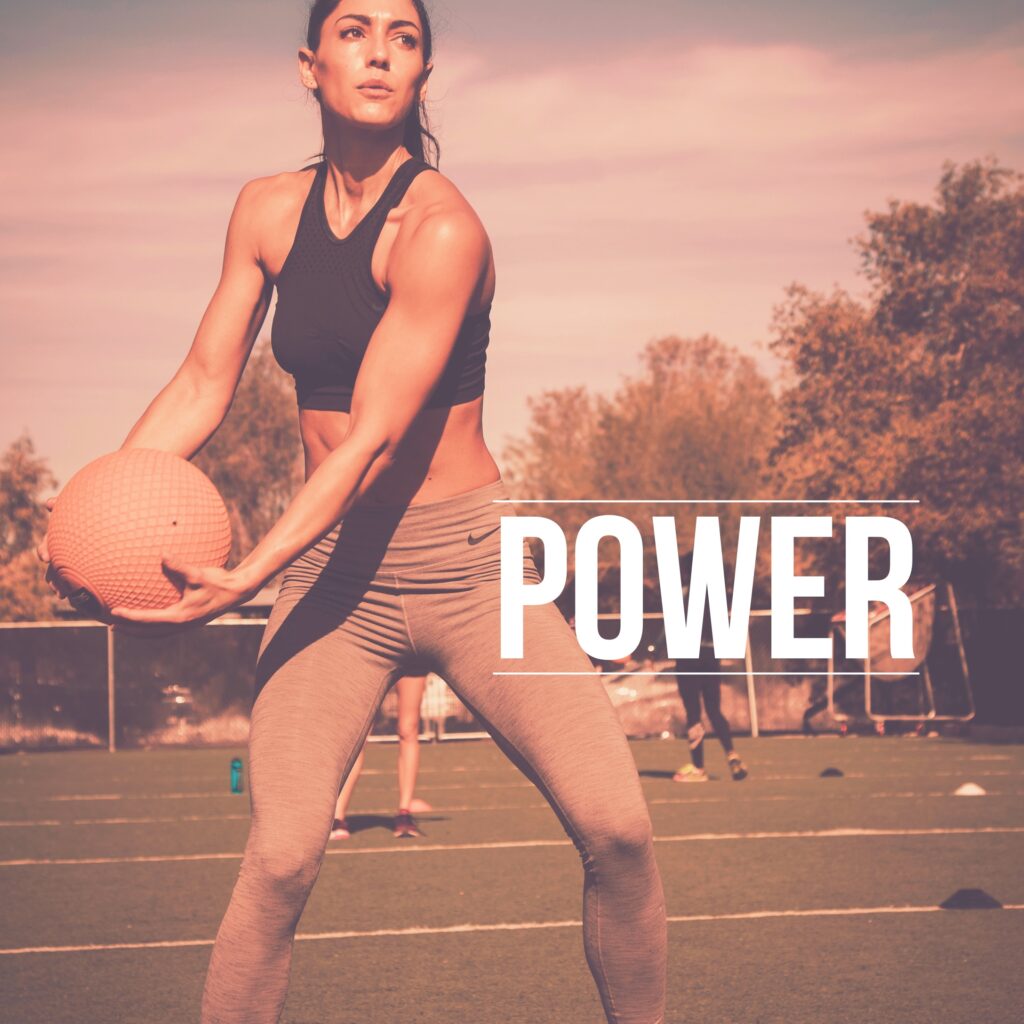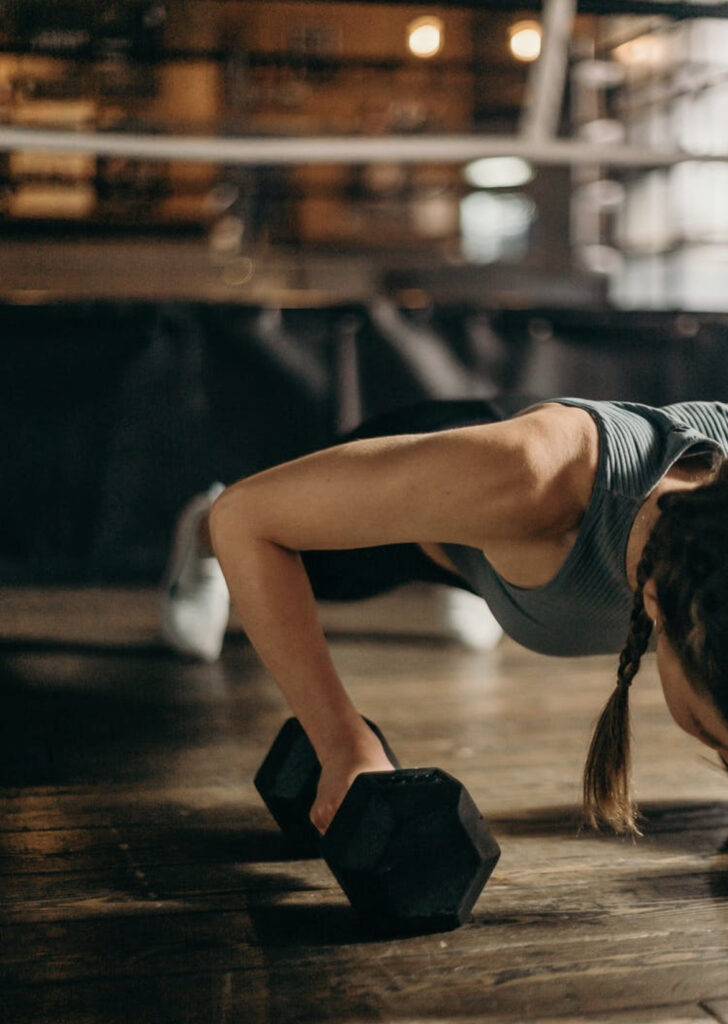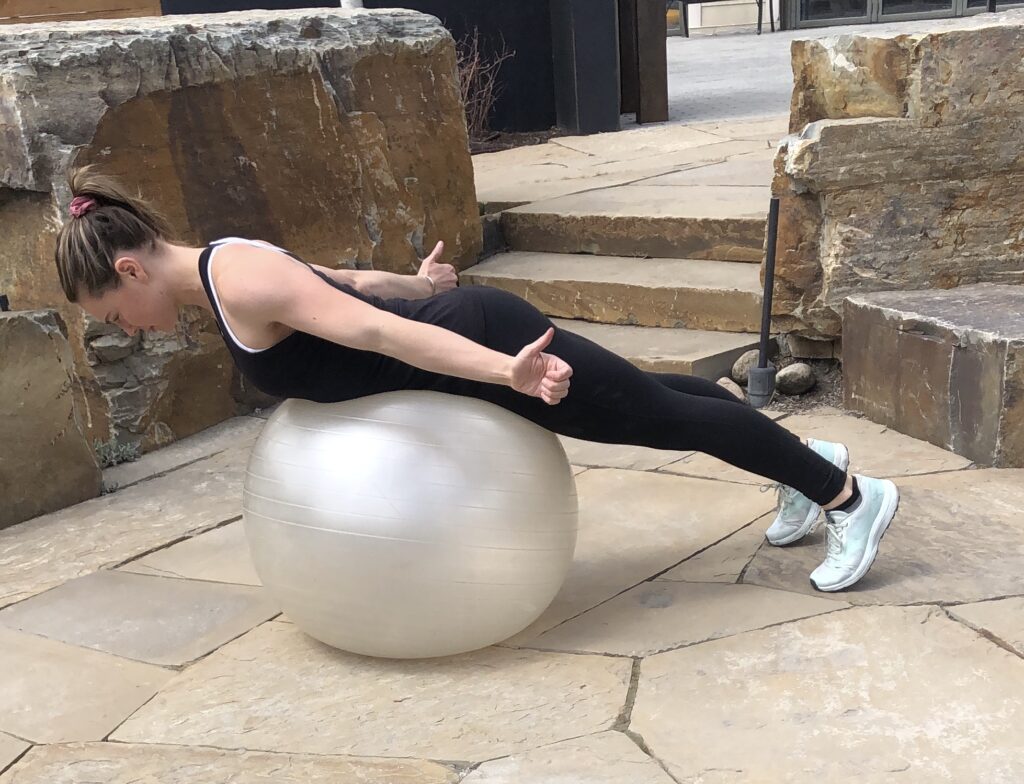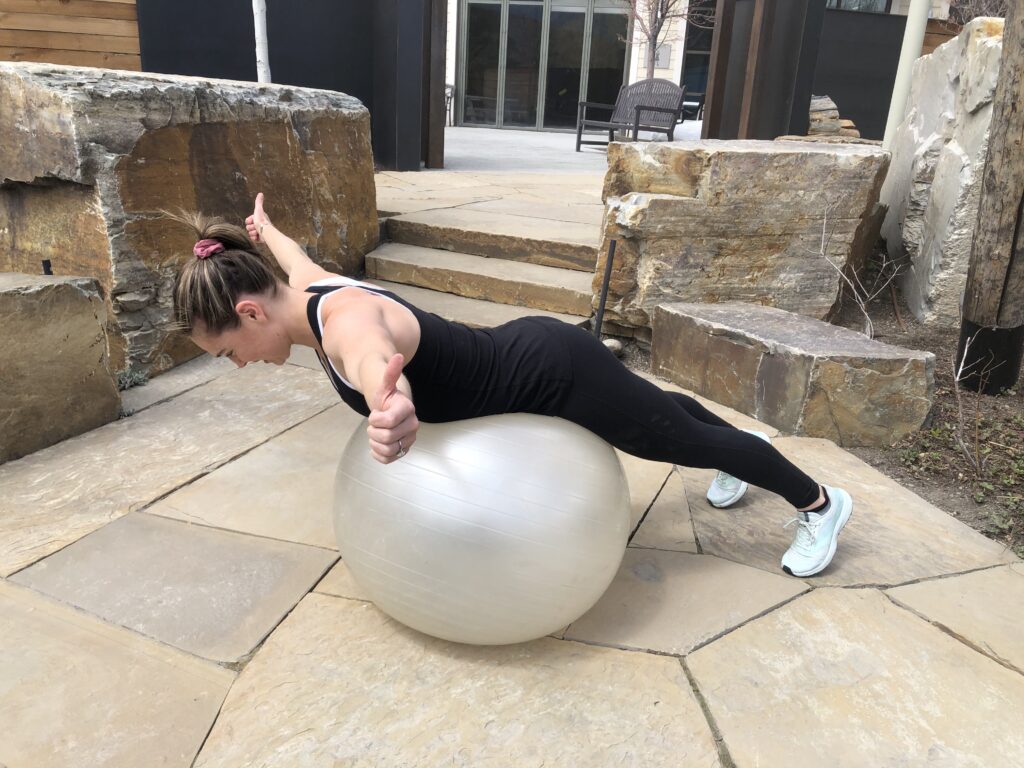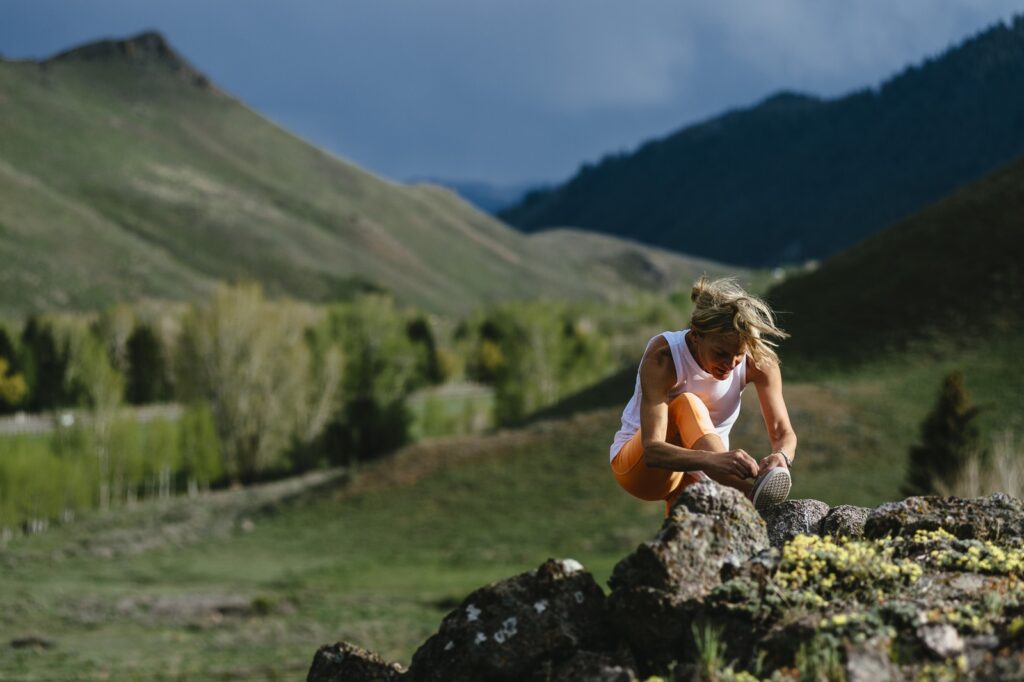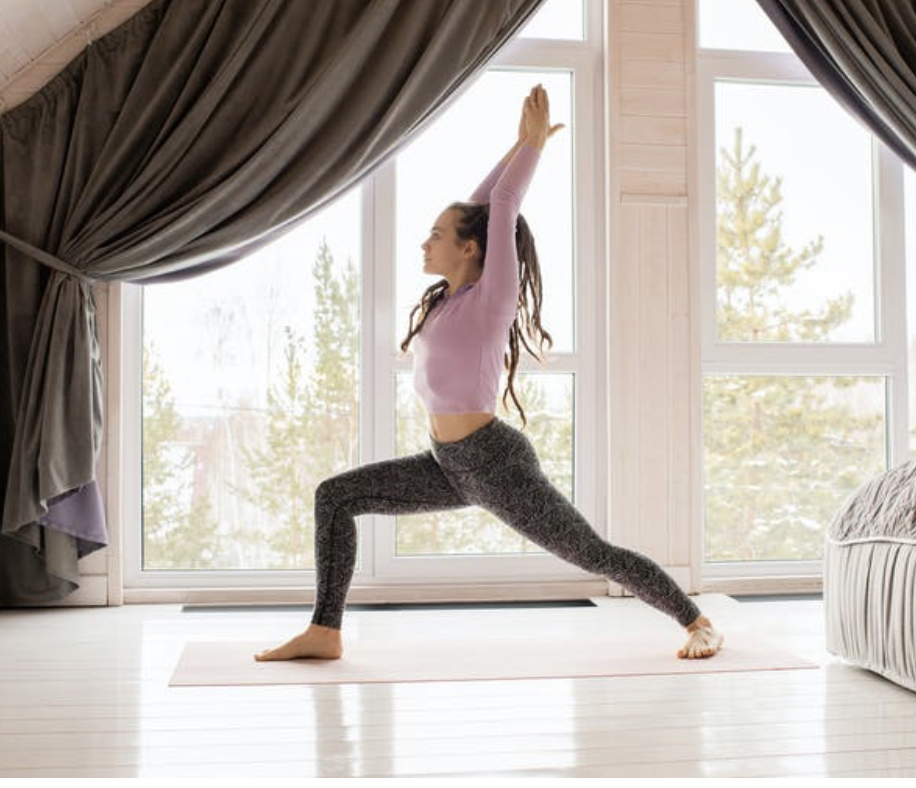
By CONNIE ARONSON
Skiing, snowshoeing, yoga or walking requires strength and mobility. Consider the yoga pose Warrior 1, where you stand in a lunge position with your arms stretched straight up overhead, neck extended with the head back and eyes looking up. Doing this pose involves leg strength as you stretch your leg and hip muscles. Your spine extends, the chest opens, and the arms, shoulders, upper back and neck stretch! All in all, Warrior 1 strengthens and stretches you.
You need flexibility as much as cardio, as it enhances optimal movement and just plain old feels good.
If you feel stiff and tight lately, you might want to work on your flexibility for the health of your body. However, if you’re not quite ready for Warrior 1, let’s start with an essential hip flexor stretch.
Hips don’t lie
The hip flexors are a muscle group that can get chronically shortened from prolonged sitting at a computer.
If your hips are stiff and tight, it can lead to poor hip mobility and is associated with poor core and hip stability.
Tight hips also affect the health of the whole back, as they cause the pelvis to anteriorly tilt. If you picture your pelvis being a bowel of water, the water would spill out the front. When you stand in perfect alignment, the pelvis is naturally rotated about 10 degrees, meaning that the front of the pelvis is slightly lower than the back of the pelvis.
A & B: Tennis ball and hip flexor stretch
While it may sound technical, the technique referred to as self-myofascial release is easy to do, and is like self-massage. Self-myofascial release techniques are used to release and rejuvenate tight muscles and other soft tissues to prepare for later stretching and strengthening exercises.
There are 2 parts to this stretch:

Tennis ball roll on the hip flexor
Lie facedown, and place a tennis ball beside your belly button. This targets the psoas major muscle, which lies under the abdominals. Turn your foot in slightly, and scoot your body to move the ball to any sore spot all the way down to the top of the hip.
Try to relax on any tight areas for 20-30 seconds, for a total of 2-3 minutes on both sides.
Right after rolling, go into the hip flexor stretch as follows:
Kneeling hip flexor stretch.
Kneel down on one knee, and tuck the pelvis under using the glutes and abdominals. Raise your arm over your head on the same side as the kneeling leg, and reach over your head, toward the opposite side of the body.
Hold the stretch for 15-20 seconds, and repeat 2-3 cycles on each side once a day.
